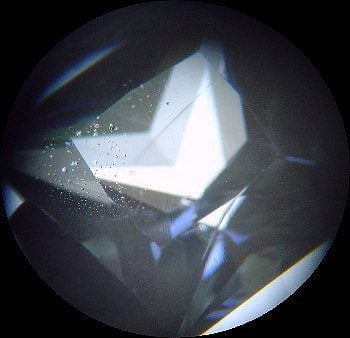Identifying Inclusions of Specific Gems
Some natural as well as synthetic gems have specific, characteristic inclusions. Learn the identifying inclusions of some of the most popular gems.
13 Minute Read
HomeLearning CenterGemologyGemstone Testing and IdentificationIdentifying Inclusions of Specific Gems
Related Articles
Gemstone Photomicrography: Photographing Inclusions
Explore the amazing world of gemstone photomicrography. These tips can help you view and photograph spectacular inclusions found inside many...
Read More
Destructive Gemstone Testing
Destructive gemstone testing, done carefully, can help gemologists and mineralogists with difficult gem or mineral identifications. Learn the right techniques...
Read More
A Gem Identification Quiz for Novice Gemologists
Learning how to identify gems involves more than just data. This gem identification quiz can help novice gemologists learn how...
Read More
How to Measure an OTL Gemstone Refractive Index
Measuring “over the limit” (OTL) refractive indices can help distinguish diamonds from simulants. You can do this with a simple...
Read More
Latest Articles
800 Years of Mogok: A Celebration in Tenuous Times
As Mogok, Myanmar prepares to celebrate its 800th anniversary, the inhabitants of this prolific gem producing region face an uncertain...
Read More
What is the Average Gemstone Faceting Yield?
What’s the average gemstone faceting yield from a single piece of rough? Learn how to estimate how much material you’ll...
Read More
Pyroxmangite Value, Price, and Jewelry Information
Pyroxmangite grains are rare, seldom clean enough to facet, and difficult to cut. However, when cut, they are extremely beautiful...
Read More
How to Identify Emerald Simulants and Synthetics
Gemologists can separate natural emeralds from emerald simulants and synthetics. Learn about the most common tools and techniques for this....
Read More
Never Stop Learning
When you join the IGS community, you get trusted diamond & gemstone information when you need it.
Get Gemology Insights
Get started with the International Gem Society’s free guide to gemstone identification. Join our weekly newsletter & get a free copy of the Gem ID Checklist!
